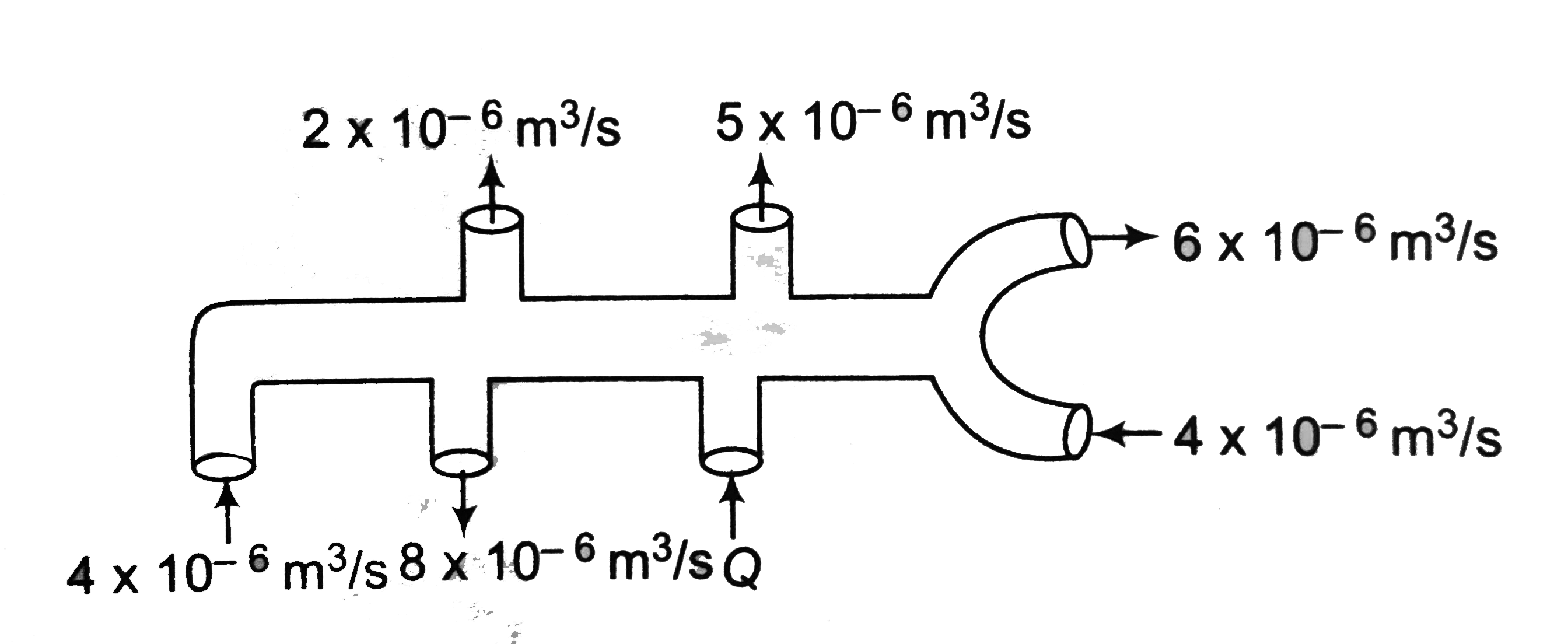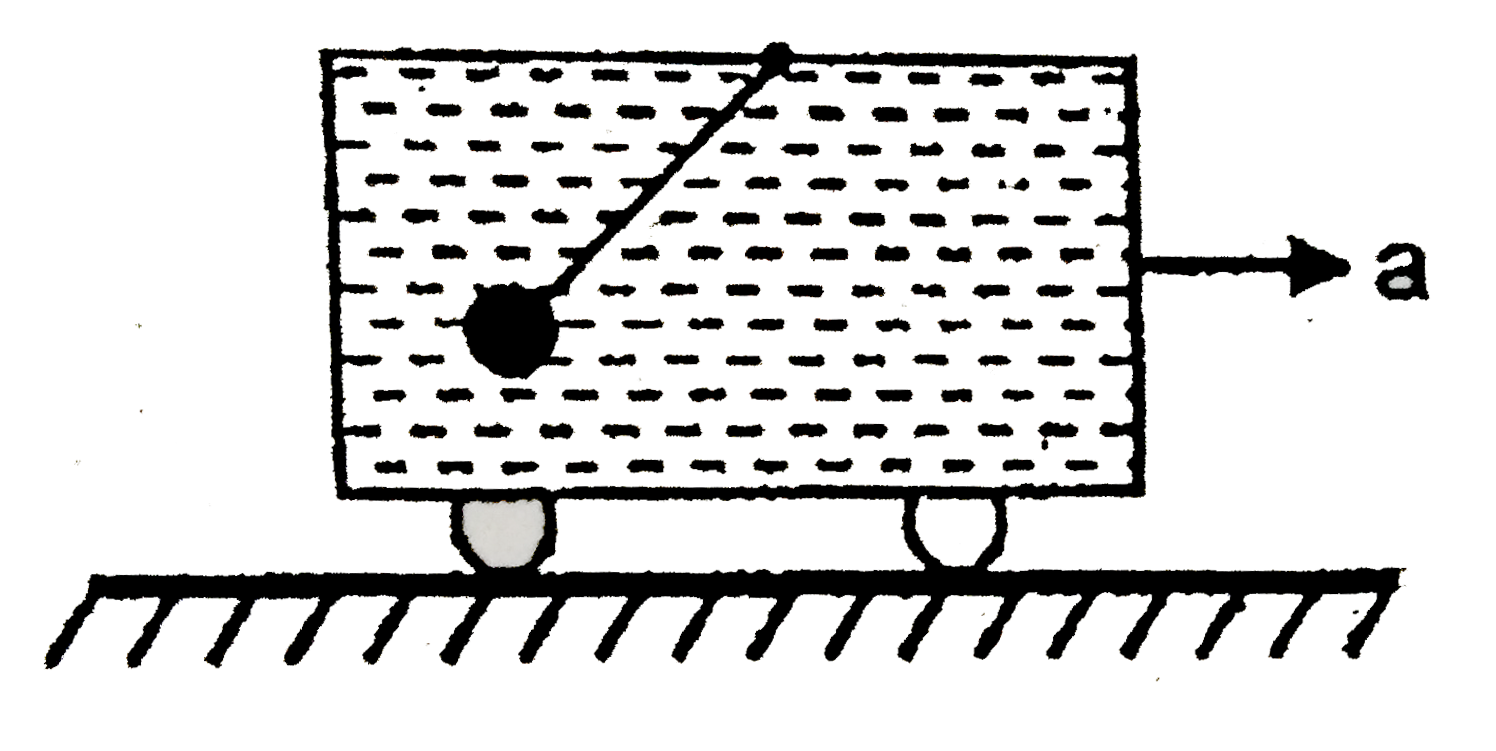For an ideal liquid
the bulk modulus is infinite
the bulk modulus is zero
the shear modulus is infinite
the shear modulus is zero
The correct Answer is:A, D
As an ideal liquid is not compressible.
Hence, change in volume, ΔV=0
Bulk modulus B=StressVolume strain=F/AΔV/V=FA×VΔV=∞
Compressibility, K=1B=1∞=0
As there is no tangential (viscous) force exists in case of an ideal fluid, hence, shear modulus = 0.
Topper's Solved these Questions
- MECHANICAL PROPERTIES OF SOLIDSBOOK - NCERT EXEMPLARCHAPTER - MECHANICAL PROPERTIES OF SOLIDSEXERCISE - LONG SHORT ANSWER TYPE QUESTION
16 Videos
- MECHANICAL PROPERTIES OF FLUIDSBOOK - NCERT EXEMPLARCHAPTER - MECHANICAL PROPERTIES OF FLUIDSEXERCISE - Long Answer Type Questions
3 Videos
- MOTION IN A PLANEBOOK - NCERT EXEMPLARCHAPTER - MOTION IN A PLANEEXERCISE - Multiple Choice Questions
37 Videos
Similar Questions
Knowledge Check
Two volatile liquide A and B are mixed in mole ratio 1:3, to form an ideal liquid solution Vapour pressure of pure. A and B are 600 torr and 200 torr. Volume of container for vapour is 76 litre. (R=1/12 litre atm/K/mole)
Calculate the mole of A in vapour phase at 300 K, assuming negligible amount of vapour is present compared to liquid in containerA2 moleB0.3 moleC1.2 moleD0.6 moleThe velocity of efflux of an ideal liquid does not depend on
Athe area of orificeBthe density of liquidCthe area of cross-section of the vesselDthe depth of point below the free surface of the liquidBoiling point of an ideal liquid solution containing non-volatile solute depends on:
Aconcentration of non-volatile solute in the solutionBboiling point of pure solventCenthalpy of vaporisation of pure solventDall of these
Which of the following properties make mercury an ideal liquid for making thermometers?
View SolutionIn the figure, an ideal liquid flows through the tube, which is of uniform cross section. The liquid has velocities vA and vB, and pressures PA and PB at the points A and B, respectively. Then

View SolutionAssertion: The velocity of flow of a liquid is smaller when pressure is larger and viceversa.
Reason: According to Bernoulli's theorem, for the stream line flow of an ideal liquid, the totla energy per unit mass remains constant.
View SolutionThe pipe shows the volume flow rate of an ideal liquid at certain time and its direction. What is the value of Q in m3/s? (Assume steady state and equal area of cross section at each opening)

View SolutionFigure shows a closed container completely filled with an ideal liquid of density ρ. In the liquid there is a spherical body of volume V and density σ attached to a string whose other end is attached to the roof of the container. The container is accelerating with an acceleration 'a' towards right. The force exerted by the liquid on the spherical body when it is in equillibrium with respect to the liquid, will be :

View Solution
